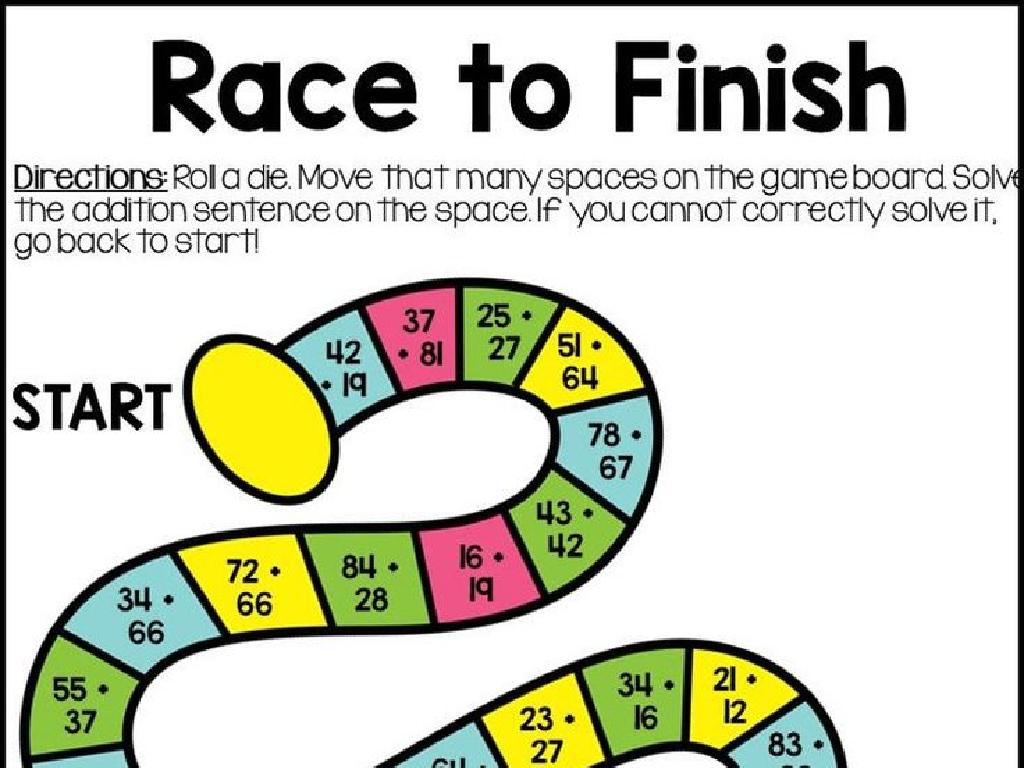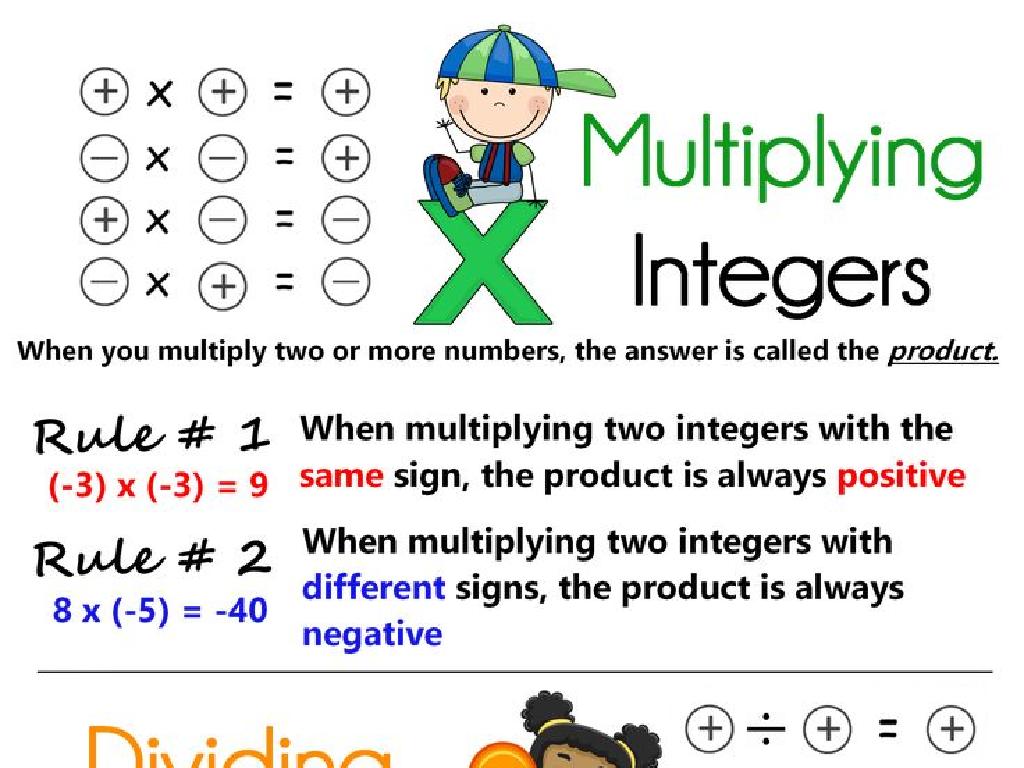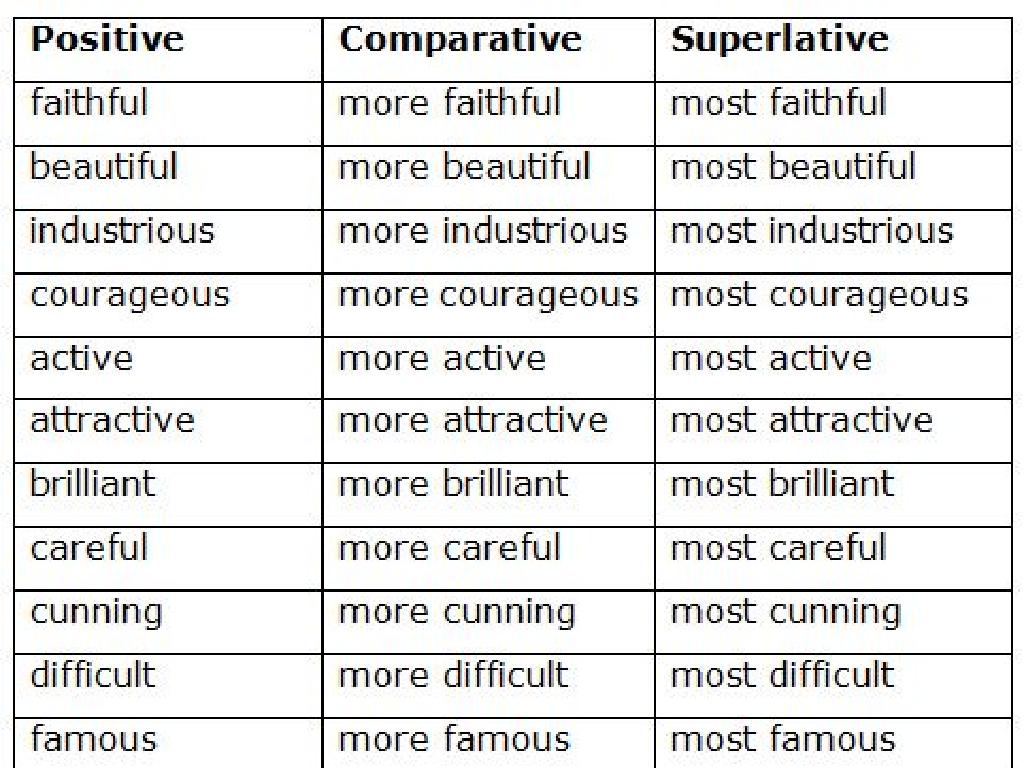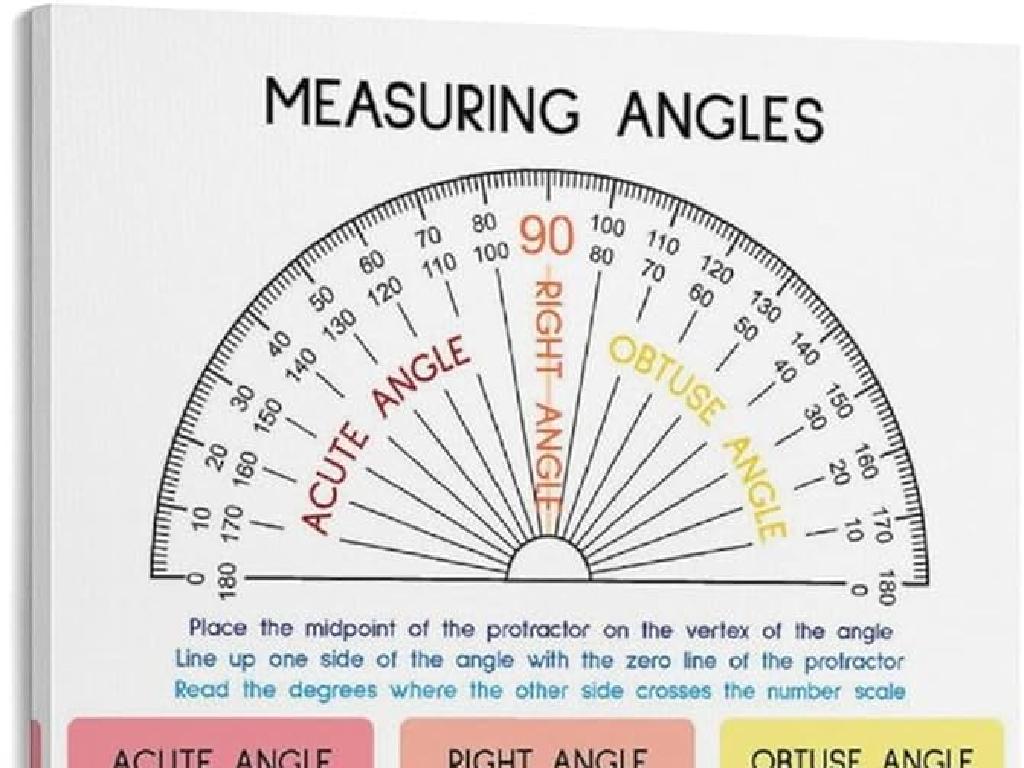Brightness Of The Sun And Other Stars
Subject: Science
Grade: Fourth grade
Topic: Astronomy
Please LOG IN to download the presentation. Access is available to registered users only.
View More Content
Introduction to the Stars
– What exactly are stars?
Burning balls of gas like our Sun, very far away
– The Sun: Our own star
The Sun is a star at the center of our solar system
– Stars within our galaxy
The Milky Way is home to billions of stars, just like the Sun
– Exploring stars beyond
There are countless stars in the universe in many galaxies
|
This slide introduces the concept of stars to fourth-grade students, starting with a basic definition. Stars are explained as massive, luminous spheres of plasma held together by gravity, much like our own Sun, which is the closest star to Earth. The presentation will then expand on the idea that our galaxy, the Milky Way, contains billions of stars, and that beyond our own galaxy there are countless more stars, each potentially with their own solar systems. Encourage students to think about the vastness of space and the number of stars in the universe. Use analogies appropriate for their age, such as comparing the number of stars to grains of sand on a beach, to help them grasp the concepts.
The Sun: Our Closest Star
– The Sun’s characteristics
– A glowing ball of gas, mainly hydrogen and helium
– The Sun’s role in our lives
– Provides light and warmth, essential for life on Earth
– Comparing the Sun to other stars
– The Sun is average in size, but it’s the brightest to us because it’s the closest
|
This slide introduces the Sun as a star and discusses its characteristics, importance, and comparison with other stars. The Sun is composed primarily of hydrogen and helium, which through nuclear fusion, provides the light and heat necessary for life on Earth. It’s important to emphasize the Sun’s role in supporting life, driving weather, and defining our day-night cycle. When comparing the Sun to other stars, it’s crucial to note that while there are larger and brighter stars in the universe, the Sun appears the brightest to us because of its proximity. This comparison can lead to discussions about the vastness of space and the concept of light-years as a measure of distance in astronomy.
Exploring the Brightness of Stars
– Factors affecting star brightness
– A star’s size, temperature, and distance from us determine its brightness.
– Distance impacts perceived brightness
– The farther a star is, the dimmer it appears to us.
– Luminosity: A star’s true light
– Luminosity is how much light a star emits from its surface.
– Comparing stars’ brightness
|
This slide introduces the concept of the brightness of stars, which is a fundamental topic in astronomy. Begin by discussing the factors that affect how bright a star appears to us, including its size, temperature, and distance. Emphasize that distance plays a crucial role in how we perceive a star’s brightness; stars that are further away seem less bright than those that are closer. Introduce the term ‘luminosity,’ which refers to the actual amount of light a star emits, and is a measure of its true brightness. Encourage students to think about how two stars might look different in brightness from Earth, even if they have the same luminosity, due to their varying distances. This will help students understand that a star’s perceived brightness is not always indicative of its actual light output.
Comparing Stars: The Sun and Beyond
– The Sun compared to other stars
– Our Sun is a star, but how does it stack up against others?
– Factors: Size, distance, and brightness
– Size and distance affect how bright we see stars
– Activity: Rank stars by brightness
– Organize stars from brightest to dimmest using cards
– Understanding star characteristics
|
This slide introduces students to the concept of comparing different stars, including our Sun, in terms of size, distance, and perceived brightness. Begin by discussing how our Sun is similar to and different from other stars in the sky. Explain that a star’s brightness as seen from Earth is influenced by its size and how far away it is. The activity involves a game where students rank various stars based on their brightness, which will help them understand that stars vary greatly in these characteristics. Provide cards with star names and facts for the game, and encourage students to think about why some stars appear brighter than others. This interactive approach will help solidify their understanding of these astronomical concepts.
Measuring the Brightness of Stars
– Tools for measuring brightness
– Devices like photometers help us measure how bright stars are.
– Astronomers’ methods for stars
– They compare the brightness of stars from Earth using special scales.
– What are light years?
– A light year is the distance light travels in one year, about 6 trillion miles!
– Why brightness measurement matters
|
This slide introduces students to the concept of measuring the brightness of stars, which is a key aspect of astronomy. Begin by discussing the tools used by astronomers, such as photometers, to measure starlight. Explain how astronomers measure and compare the brightness of stars from Earth, using scales like apparent magnitude and absolute magnitude. Introduce the concept of light years as a measure of distance, not time, to help students understand how we measure the vastness of space. Emphasize the importance of measuring star brightness in learning about the universe. Activities can include using a flashlight to demonstrate brightness at different distances or creating a simple scale to understand the concept of magnitude.
Class Activity: Create Your Star Chart
– Gather materials for your chart
– You’ll need star stickers, black paper, and chalk
– Follow the star chart instructions
– Use the instructions to place stars on the black paper
– Make your own star chart
– Arrange the stickers to represent different star brightness
– Present your chart to the class
|
This activity is designed to help students understand the concept of star brightness by creating their own star charts. Provide each student with black paper, star stickers, and chalk. The black paper represents the night sky, and the star stickers will represent stars of varying brightness. Students should use the chalk to draw constellations or patterns if they wish. Once completed, each student will share their star chart with the class and discuss the differences in star brightness they represented. This hands-on activity not only reinforces the lesson on the brightness of stars but also encourages creativity and public speaking skills.





